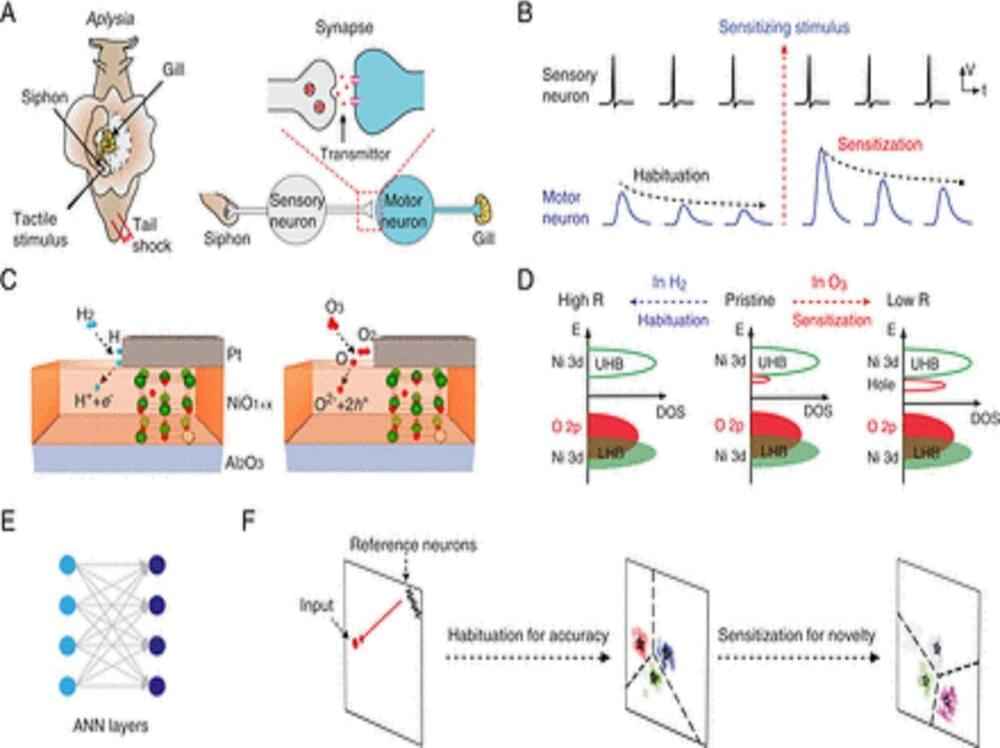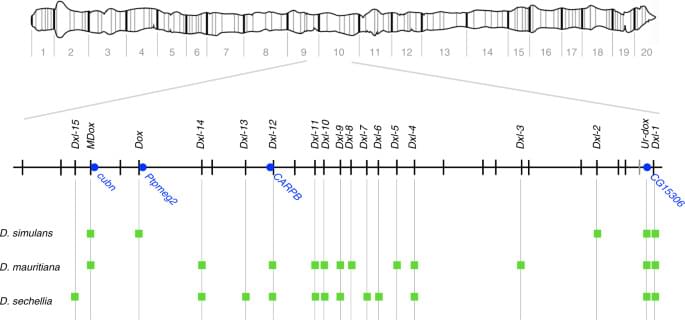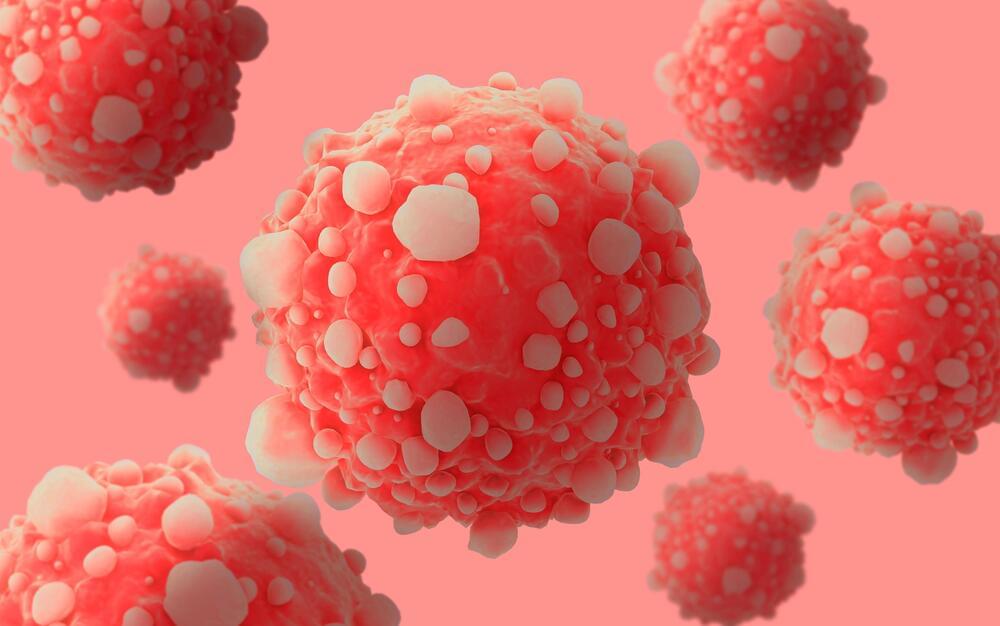Rutgers researchers and their collaborators have found that learning — a universal feature of intelligence in living beings — can be mimicked in synthetic matter, a discovery that in turn could inspire new algorithms for artificial intelligence (AI).
The study appears in the journal PNAS.
One of the fundamental characteristics of humans is the ability to continuously learn from and adapt to changing environments. But until recently, AI has been narrowly focused on emulating human logic. Now, researchers are looking to mimic human cognition in devices that can learn, remember and make decisions the way a human brain does.









